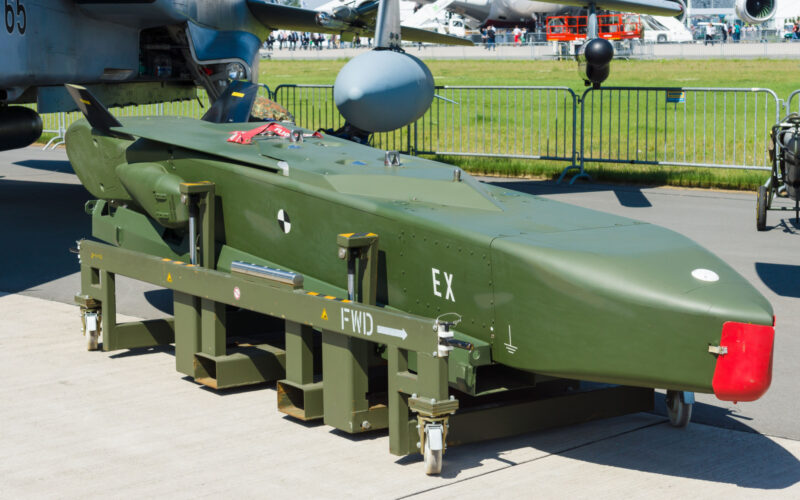A motion proposing the delivery of Taurus cruise missiles to Ukraine was rejected in the Bundestag, the German parliament.
In late May 2023, Ukraine requested Taurus cruise missiles from the German government. However, the prospect has since become the focal point of intense political debate in Germany.
In August 2023, Yegor Chernev, Head of the Ukrainian Parliament delegation to the NATO Assembly, disclosed that he had received information from his German counterparts regarding an apparent positive consensus among the main parliamentary factions of the Bundestag.
Yet a motion on the delivery, put forth by the Christian Democratic Union (CDU/CSU) parliamentary group on January 17, 2024, was rejected by a majority vote. The bill received support from 178 votes, and faced opposition from 485 members, with three abstaining.
Despite calls from various political figures urging Chancellor Olaf Scholz to approve the missile delivery, the Greens and the Free Democratic Party (FDP), who advocated sending the missiles to Kyiv, voted against the motion. They justified their refusal by the fact that the CDU/CSU had linked the motion on the delivery to a debate on the report by the military commissioner regarding the state of the Bundeswehr, the German Armed Forces.
There are also concerns within the German government, which holds the final decision on this delivery, that the cruise missiles might be used to target the Kerch Bridge — vital to transport Russian military logistics to Crimea and on the southern front. The potential destruction of this bridge is considered one of Vladimir Putin’s red lines. According to reports, Scholz fears the missiles could be employed for this purpose.
What is the Taurus KEPD 350 cruise missile and why is it important for Ukraine?
The Taurus KEPD 350 cruise missile, a product of collaboration between MBDA Deutschland and Saab Bofors Dynamics, boasts stealth characteristics and a range exceeding 500 kilometers (310 miles). Powered by a turbofan engine, it can attain speeds ranging from Mach 0.8 to 0.9, and it is compatible with various aircraft, including the Tornado, JAS 39 Gripen, F/A-18 Hornet, and F-15E Strike Eagle.
One of its notable features is its dual explosive charges. The missile is equipped with an initial hollow charge designed for penetrating concrete or armor. Additionally, a second charge, strategically placed in a ‘penetrator’ and programmed to detonate later, facilitates precise targeting. This allows for pinpoint accuracy, enabling strikes on specific locations such as a particular floor or the pillar of a bridge after penetrating the deck.
This dual-explosive warhead is similar to the British-French SCALP-EG/Storm Shadow cruise missile, also produced by the European missile maker MBDA. Both France and the UK supplied Ukraine with the latter missile during the summer of 2023, and France recently announced a new delivery batch in January 2024.
The key advantage of the Taurus over the SCALP-EG/Storm Shadow lies in its sophisticated technology for managing the double explosive charge in its warhead. Unlike its counterpart which relies on timed secondary explosions, the Taurus features a layer counting and void detection system, ensuring unparalleled accuracy in its strikes.

